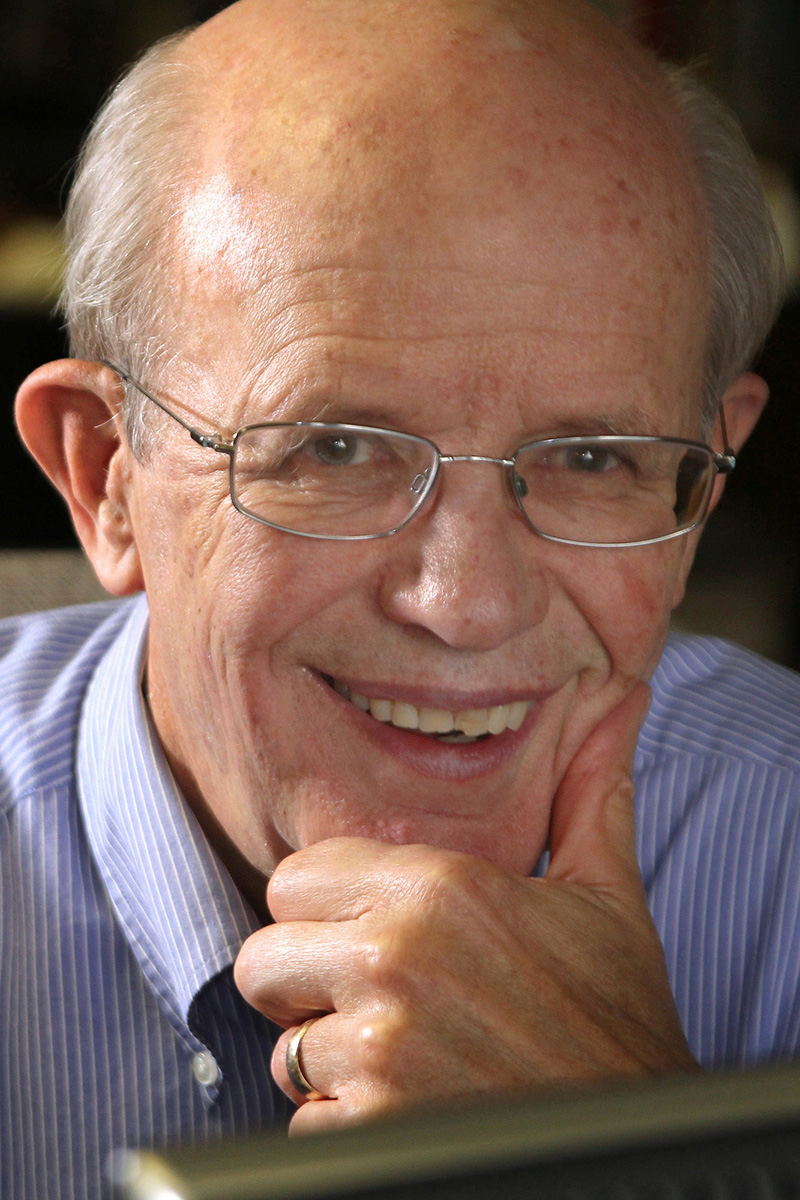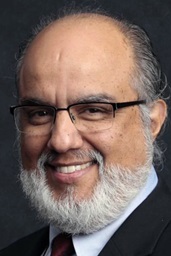
In 1934, I didn’t emerge from the womb with any concept of race.
I was shaped by a society that shielded me from understanding the difficulties experienced by people with darker pigmentations.
No, I did not grow up in the deep South, but in the largely segregated city of Denver, Colorado.
There were no African Americans in my neighborhood, none in my elementary school, none on my Pop Warner football team, none in my junior high and none in my high school.
This was prior to the 1954 Brown v. Board of Education ruling. There were no school buses. We walked or rode bicycles to schools in our neighborhoods.
In the 1950s, Denver had five high schools: North, South, East, West and Manual high schools. White students attended the four high schools designated by city areas and took college prep classes; minority students attended Manual High School, where they learned manual arts.
Even today, Manual High School is only 5% Caucasian.
While I was not specifically taught that African Americans weren’t as smart as Anglo Americans, I am sure the city structure had an effect on me.
While I can’t remember being taught to fear African Americans, not growing up next to people of color and not attending school with them made me leery.
I grew up without television, without cell phones and without the internet. I was unaware of all the George Floyd incidents that I’m sure were occurring in Denver and across the nation.
It wasn’t until I attended college that I had the opportunity to have a few Black friends who helped me understand they were just as smart and often smarter, but because of institutional racism, they did not have the same advantages as I did.
Commentaries
UM News publishes various commentaries about issues in the denomination. The opinion pieces reflect a variety of viewpoints and are the opinions of the writers, not the UM News staff.Sadly, when I entered seminary, I found The Methodist Church had a structure similar to my city high schools.
When the north and south branches of the Methodist Episcopal Church reunited in 1939, African Americans were assigned to the Central Jurisdiction, a segregated structure similar to Manual High School.
That structure persisted until the 1968 merger that formed the current United Methodist Church.
After graduating from seminary, I moved to New England, where I again found institutional racism.
Following the Supreme Court’s ruling on Brown v. Board of Education that discontinued the belief that separate meant equal, Providence, Rhode Island, belatedly initiated a plan to integrate the schools.
However, the 1962 plan called for residents in South Providence, a predominantly African American community, to be bused to Caucasian communities, but schools in South Providence were all to be closed.
For the first time, I made a timid response to a call for racial equality. The African American community demanded that some of their neighborhood schools be renovated and some white students be bused into their community.
In order for their request to be heard, Black educators established a “Freedom School” at Washington Park Methodist Church. While I was serving as a chaplain at Brown University and had no training as a junior high teacher, I volunteered to serve as a math teacher.
I was given a classroom, math books and some 30 African American junior high students.
After the first few days, one of the students raised his hand and asked, “Are you really an arithmetic teacher?” I had to admit that I was not, but I was doing the best that I could.
In the end, the Providence School Board reversed its position and renovated two schools in South Providence.
Fifty-eight years later, I lament that I am sitting on the sidelines while people of all ages and colors are demonstrating against racial injustice. I know that most police officers are people who are trying their best to treat all people fairly, but I also know these officers are influenced by decades of institutional racist policies and practices.
I hope and pray the large number of protesters will help us take another step toward creating a community with justice for all.
Peck is director of communication for United Methodist Men in Nashville, Tennessee.
News media contact: Tim Tanton at (615) 742-5470 or [email protected]. To read more United Methodist news, subscribe to the free Daily or Weekly Digests.Like what you're reading? Support the ministry of UM News! Your support ensures the latest denominational news, dynamic stories and informative articles will continue to connect our global community. Make a tax-deductible donation at ResourceUMC.org/GiveUMCom.



